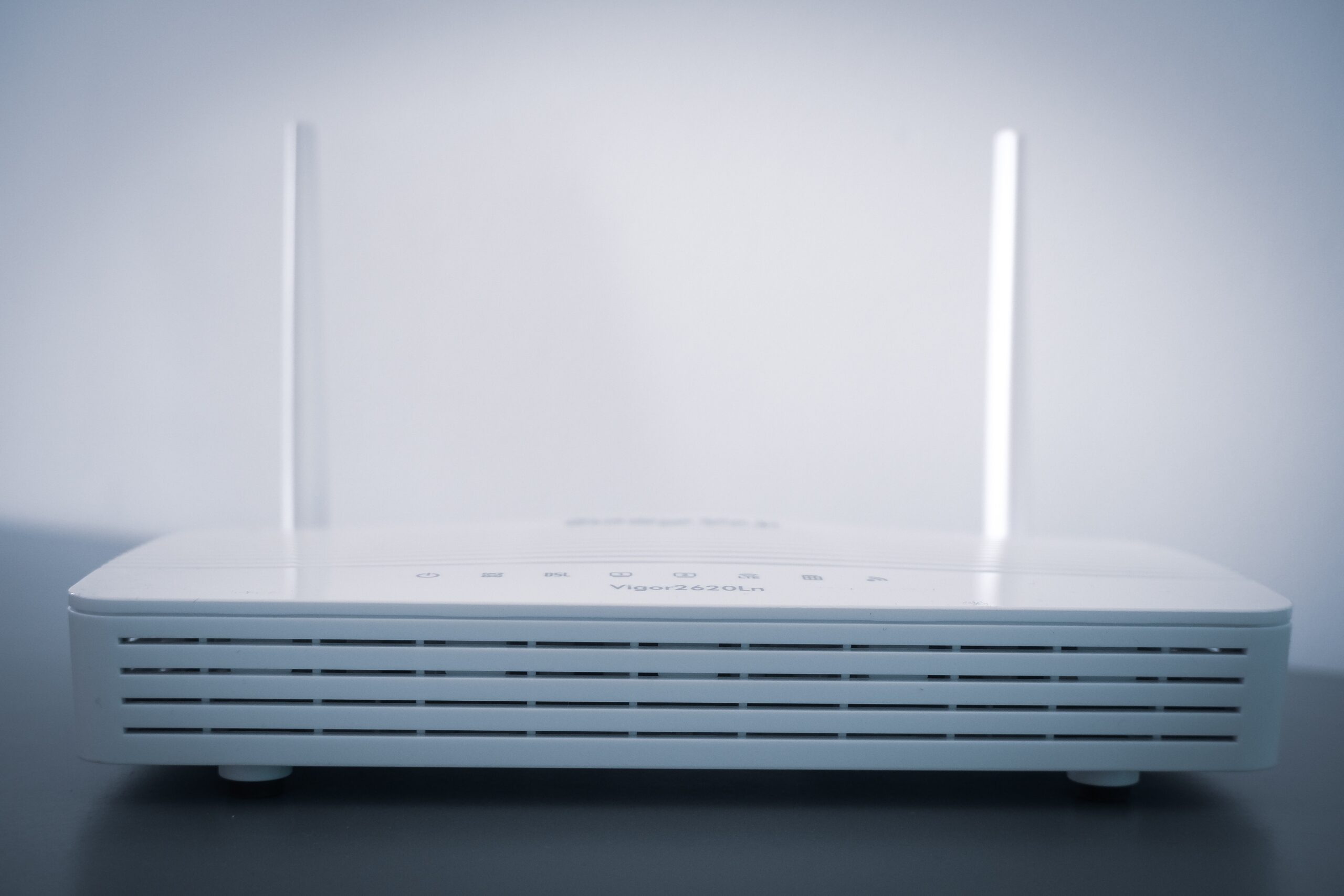Ericsson ERIC recently inked a definitive agreement with M1 Limited for an undisclosed amount to help modernize the 4G/5G network of the Singapore-based telecommunications firm. In addition to delivering high-quality network performance, the collaboration seeks to accelerate the 5G deployment across the region.
M1 will utilize Ericsson’s Router 6676, a high-capacity cell site router, to improve scalability and network responsiveness with features like segment routing. Segment routing simplifies operations and reduces resource requirements in the network by removing network state information from intermediate routers and placing path information into packet headers at the ingress node. This improves operational flexibility and agility for cost-effective user experiences as fewer network elements are involved, avoiding slow response to sudden network changes.
Simplified network traffic management eradicates the complexity associated with multiple networks and delivers optimal bandwidth utilization with reduced latency. In addition to more agile service delivery, better network facilities are likely to offer improved security features to M1 for enhanced visibility and customer data protection. This, in turn, is expected to provide shorter time-to-market for new services while ensuring regulatory compliance and data security.
Ericsson’s Router 6676 has a high density of 25GE interfaces and is three times more energy efficient than the previous generation of routers. It supports Ericsson’s new remote radios and Massive MIMO radios with 25Gbps interfaces. The increased deployment of these routers is likely to generate incremental revenues for the company and strengthen its position as a leading communications equipment provider across the globe.
Ericsson Radio System comprises hardware, software and services for radio, RAN Compute, antenna system, transport, power and site solutions. It enables smooth and cost-effective migration from 4G to 5G, aiding communication service providers to launch the avant-garde technology and grow 5G coverage fast. The company’s 5G radio access technologies provide the infrastructure to meet the growing demand for high-bandwidth connections and support real-time, high-reliability communication requirements of mission-critical applications.
With the emergence of the smartphone market and the subsequent usage of mobile broadband, user demand for coverage speed and quality has increased exponentially. Further, to maintain performance with increased traffic, there is a continuous need for network tuning and optimization. Ericsson is much in demand among operators to expand network coverage and upgrade networks for higher speed and capacity. The company is reportedly the world’s largest supplier of LTE technology with a significant market share and has established a large number of LTE networks worldwide.
The company focuses on 5G system development and has undertaken many notable endeavors to position itself as a market leader. It believes that the standardization of 5G is the cornerstone for digitizing industries and broadband. Ericsson expects mainstream 4G offerings to give way to 5G technology in the future. It currently has 152 live 5G networks across the globe, spanning 65 countries.
The stock has lost 30.7% over the past year compared with the industry’s decline of 15.1%.


0 Comments